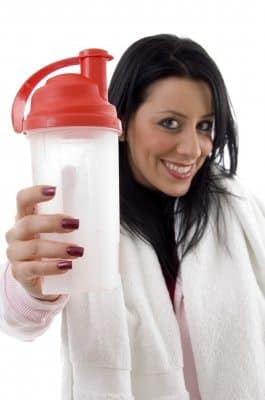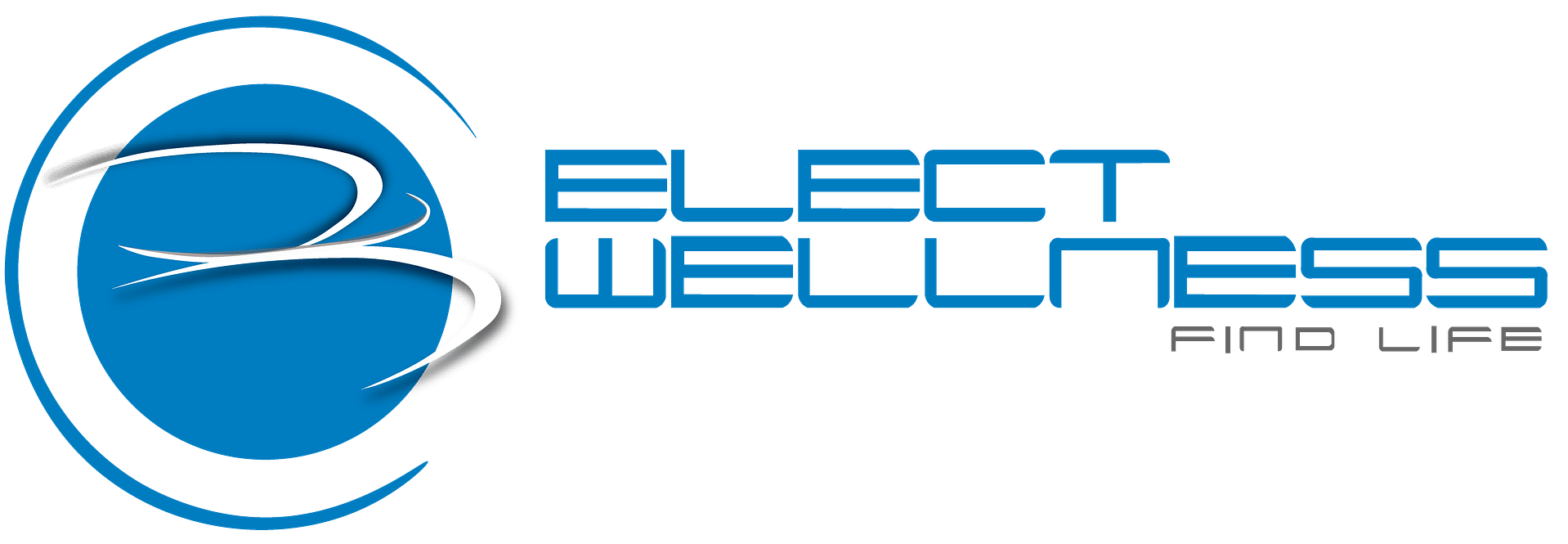
The Best Protein Powder: Whey, Soy, Casein, Egg, Hemp?

Protein is popular because people want stable blood sugar, less body fat, and more muscle. Indeed, protein can help with all of these goals. But who wants to eat meat and eggs all day long? Apparently, not many people. Hence the rise of protein powders. It’s the number #1 selling sports nutrition supplement of all time, and when you enter a store, the number of options and varieties will literally make your head spin. Let’s try to break it down.
(By the way, I’m not selling any protein powder and am not writing this to lead you in any particular direction. I’m just trying to provide a little education to our subscribers and answer some frequently asked questions.)
We must first start by defining protein. A quick google definition yields the following comprehensive description:
Any of a class of nitrogenous organic compounds that consist of large molecules composed of one or more long chains of amino acids and are an essential part of all living organisms, esp. as structural components of body tissues such as muscle, hair, collagen, etc., and as enzymes and antibodies.
Let’s pull out some words pertinent to our talk here:
Nitrogen
Amino acids
Essential
Tissue
Muscle
Ever heard the term “positive nitrogen balance?” It’s a way of describing an “anabolic” state of the body. Basically, it means that your body is more likely to build up instead of break down. By contrast, “catabolic” means your more likely to break down than build up. If you are catabolic, you are excreting more nitrogen than you are consuming. Protein helps turn the tide toward anabolism, because of it’s rich nitrogen content. Hence the phrase “positive nitrogen balance.” If you are going to get stronger and build both muscle and a faster metabolic rate, you are going to want to strive to remain in this state. Protein, furthermore, is made up of amino acids, commonly known as the “building blocks of life.” Connect the dots and you can easily come to the following conclusion: if you want to build living tissue like muscle, you need protein.
Of course you can get protein from food, but as mentioned before, sometimes the best protein sources are a bit burdensome to eat within a fast-paced lifestyle. Chances are that you’ve recognized this already and have found yourself looking for a protein powder that will help you achieve your goals (and hopefully taste good). So let’s discuss the options.
.
Casein (milk protein) could be called the “protein drink before there were protein drinks.” After all, 16 oz of milk yields 16g of protein. The downside is the typical fat, sugar, and bloating that often comes with consumption of more than a little milk. As you might have guessed, casein is the slowest absorbing of all the protein supplements – which to be fair, is not always a bad thing. (like taking it before bed)
Egg protein was one of the original protein powder options. At the time, it boasted the highest “bio-availability” for a “complete” protein source and was used successfully by many … until getting knocked off its throne by what would become the most popular protein supplement: whey. Now, you find more liquid egg white options than powdered egg protein, because people can use the same stuff to either make a shake … or make an omelet. Powdered egg protein is still out there though and is a good option for those who must stay away from everything even derived from milk.
Whey Protein has been the most popular protein supplement for quite some time now. It is the liquid byproduct of making cheese from milk, and it’s a favorite among those who want to build muscle because of the speed of absorption and utilization in the body. There are 3 primary types of whey protein available:
– Whey concentrate could be argued to be the most “natural” form of whey, with the most bioactive compounds. However, it will contain some other non-protein substances (like fat and carbs) and will require the most digestive work and time before absorption (compared to the other forms of whey).
– Whey isolate is just as it sounds. The whey proteins have been completely isolated from other components, including lactose, making it a great option for the lactose intolerant (so long as it’s mixed with water, of course).
– Whey hydrolysate takes whey isolate one step further. This whey protein has begun the denaturing process, essentially pre-digested, and hence is the most ready for absorption. It is also the least likely whey to produce an allergenic response, for the same reasons.
Pea Protein is a great option if you are a vegetarian or vegan. Above all, pea protein is extremely digestible and very hypoallergenic. Obviously, there are no egg or milk ingredients, so it’s animal-free. Though it’s not as concentrated in all the amino acids as some other sources, it is still a “complete protein” source because it does contain all of the essentials.
Hemp Protein comes from the seeds of the cannibas plant, and the supplement often has advantages beyond it’s protein content. The naturally occurring fiber and essential fatty acids within yield their own spectrum of health benefits. It will be one of the more expensive options, however.
Soy protein has fallen out of favor thanks to the widespread genetic modification of soy and it’s pro-estrogen properties. In a society already filled with multiple estrogen-mimicking synthetic substances and estrogen-dominant conditions and cancers, asking for more becomes scary. However, unless you have an estrogen issue already, I wouldn’t fear completely organic soy powder.
So which one is BEST?
I wish I could give you a straight answer, but it’s just not that black and white. It’s almost like asking which exercise is best. They all have their unique advantages and disadvantages. I would venture to say that one of the best things to do would be to use a variety of protein sources. The research on practical effects of different sources is at best inconclusive. Even the idea of “complete proteins” being necessary has been dislodged a bit, as our bodies have been intelligently designed to pool amino acids.
That said, one major thing to consider is the nutrition profile and added ingredients in relationship to your goals. If you are looking to increase the protein in your diet to balance blood sugar and lose weight, but your protein powder has 3-4 times as many carb grams as protein grams … you might have the wrong one. If you are trying to get healthier and limit your exposure to weird substances, but your protein powder contains 3 different artificial sweeteners and 2 food dyes … you might have the wrong one.
Once you’ve got the nutrition facts and added ingredients squared away according to your goals, the general thinking is this:
Use a fast-absorbing protein like whey just after a workout when your body is primed to start the muscle repair process. Use a slowly absorbing protein like casein when you won’t be eating again for a while – like before bed. Use egg protein (or whey isolate / hydrolysate) if you are lactose intolerant or have a milk allergy. Use a plant-based protein like pea, hemp, or soy if you are vegan or vegetarian.
If you don’t have much money and are looking at whey, choose a whey concentrate instead of an isolate or hydrolysate. Using a whey concentrate regularly will yield much better muscle-building, metabolism-enhancing results than using an isolate or hydrolysate inconsistently.
If you want to get crazy, as I have done before, you can find an organic whey protein supplement derived from the milk of grass-fed-only cows. So, depending on what you are willing to spend, the options are quite endless. It’s not necessary to go to that extreme to build muscle, however.
In then end, much like food and exercise, the best protein powder is the natural one that you like just well enough to use consistently as part of a healthy lifestyle strategy. Though I have seen a lack of protein be a limiting factor in muscle development, I have yet to see the choice of protein powder be the actual barrier to anyone’s results. Just stick with reputable brands, natural ingredients and/or certified organic options, and find one that you are willing to use day in and day out. THAT’S the best one for you. Happy hunting :)

Thomas C. Jensen is an exercise physiologist, nutritionist, and a nationally certified personal trainer through both the National Strength and Conditioning Association and the National Academy of Sports Medicine. He is a summa cum laude graduate of Harding University and a member of the Alpha Chi National Honor Society. As a wellness speaker and franchisor, he has shared his expertise in health and fitness with diverse audiences. He has been professionally training and consulting clients of all ages and backgrounds, for both health and human performance, for over 20 years. In March of 2004, he launched Elect Wellness, a thriving home-delivered personal training and nutrition coaching company, which has since expanded into an effective franchise system.





































